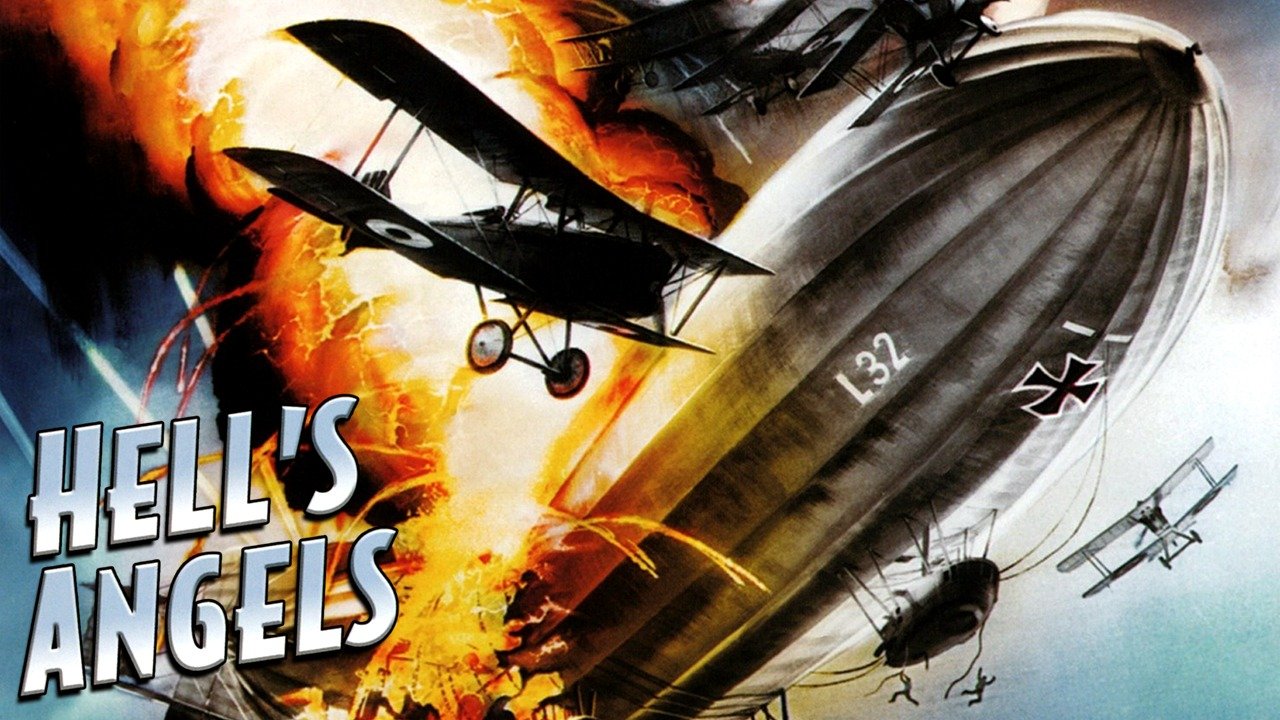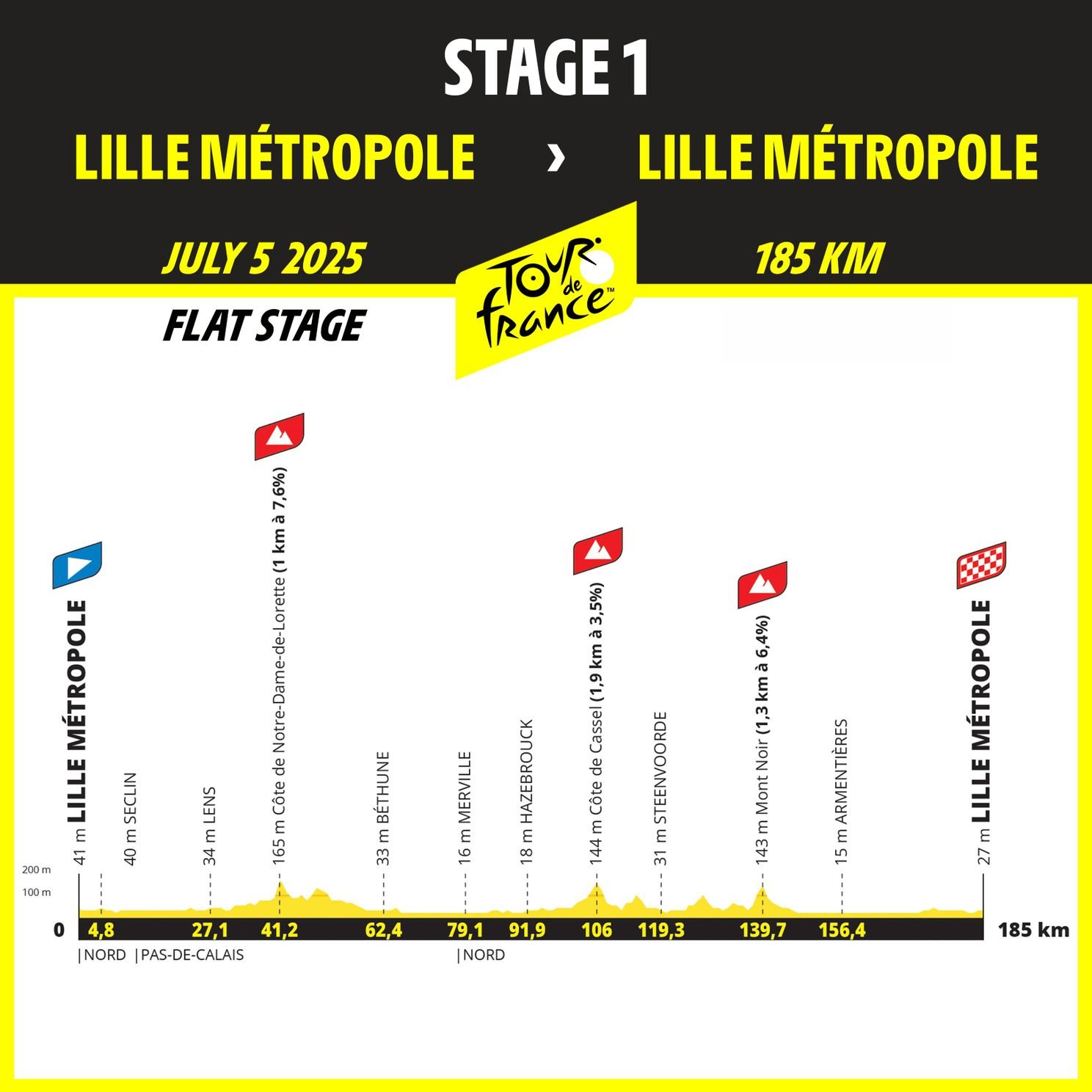Hells Angels: Facts, Figures, And Controversies

Table of Contents
History and Origins of the Hells Angels
Early Years and Founding
The Hells Angels Motorcycle Club was founded in 1948 in San Bernardino, California. Its early members, a group of World War II veterans and other disenfranchised youth, were drawn together by a shared love of motorcycles and a rebellious spirit. Key early figures, while largely unknown to the general public, played a significant role in shaping the club's early identity and trajectory. The club's initial structure was relatively informal, but the seeds of its later hierarchical organization were already present.
Expansion and Growth
From its humble beginnings in California, the Hells Angels rapidly expanded across the United States, establishing chapters in major cities and steadily growing their influence. This expansion continued internationally, with chapters springing up in various countries around the world. The club developed a distinct organizational structure, with a complex hierarchy and well-defined roles for its members. This structured approach allowed for efficient operation and control, regardless of geographical location.
- Key dates and milestones: 1948 (Founding), 1950s (Early expansion), 1960s (Increased notoriety), 1970s (Federal crackdowns), 1980s-Present (International expansion and ongoing legal battles).
- Significant events: The Altamont Speedway Free Concert (1969), numerous clashes with law enforcement, and various high-profile criminal investigations.
- Geographical spread: The Hells Angels maintain a global presence, with numerous chapters operating across the United States, Canada, Europe, Australia, and other parts of the world. The exact number of chapters and members is difficult to determine due to the club's secretive nature.
The Hells Angels' Culture and Symbolism
The "1%er" Patch
The infamous "1%er" patch is a defining symbol of the Hells Angels and other outlaw motorcycle clubs. It signifies their rejection of mainstream society and their embrace of a rebellious, often lawless lifestyle. The patch is a powerful statement of defiance and a clear indication of the club's outlaw status.
Club Rules and Structure
The HAMC operates under a strict hierarchical structure, with a complex system of ranks and responsibilities. Initiation rituals are secretive and often involve rigorous tests of loyalty and commitment. A strict code of conduct governs the behavior of members, reinforcing the club's sense of unity and discipline. Violation of these rules can have serious consequences.
Motorcycle Culture and Lifestyle
Motorcycles are central to the Hells Angels' identity and culture. The iconic Harley-Davidson motorcycles are a symbol of freedom, rebellion, and the club's distinctive image. The lifestyle associated with the club often involves long rides, rallies, and a strong sense of brotherhood among its members.
- Distinctive patches, colors, and symbols: The iconic "Death Head" logo, along with other club-specific patches and colors, are key visual identifiers of the Hells Angels.
- Clubhouses and meetings: Clubhouses serve as central meeting points and social hubs for the Hells Angels, providing a place for members to gather and reinforce their bonds.
- Cultural aspects: The club’s lifestyle extends beyond mere motorcycle riding, encompassing a complex system of values, traditions, and rituals.
Controversies and Criminal Activities
Allegations of Criminal Activity
The Hells Angels have been implicated in a wide range of criminal activities, including drug trafficking, violence, extortion, and other forms of organized crime. These allegations have been the subject of numerous investigations and legal proceedings. While the club maintains its innocence, significant evidence links them to various illicit activities.
High-Profile Cases and Legal Battles
The Hells Angels have been involved in several high-profile legal battles, resulting in convictions for various crimes. These cases have significantly shaped public perception of the club and reinforced its image as an outlaw motorcycle gang. The legal battles often involve complex investigations and require extensive resources.
Public Perception and Media Portrayal
The media's portrayal of the Hells Angels has significantly influenced public perception of the club. The often sensationalized coverage has contributed to the club's image as a dangerous and criminal organization. This portrayal often overshadows any attempts to present a more nuanced view of the club.
- Specific examples: Instances of violence, drug trafficking, and other criminal activities have been extensively documented in news reports and legal proceedings.
- Key individuals: Several Hells Angels members have been identified as key figures in criminal operations, resulting in lengthy prison sentences.
- Ongoing debate: The ongoing debate about the club's activities highlights the complexities of defining and prosecuting organized crime within a highly secretive organization.
Hells Angels in Popular Culture
Depictions in Film and Television
The Hells Angels have been frequently depicted in film and television, often portrayed as violent criminals or rebellious outlaws. These portrayals, while often exaggerated, have contributed to the club's enduring notoriety and mystique. These depictions frequently shape public opinion, even if they aren't entirely accurate.
Influence on Music and Art
The Hells Angels' image and lifestyle have influenced various aspects of popular culture, including music and art. Their rebellious spirit and iconic imagery have resonated with artists and musicians, shaping the biker subculture and influencing various artistic expressions. This influence is evident in the works of numerous musicians and artists.
- Examples of films and TV shows: Easy Rider, Sons of Anarchy (though fictional, draws heavily on Hells Angels imagery and themes).
- Music and art: Numerous songs and artworks have been inspired by the Hells Angels and the biker subculture.
Conclusion
The Hells Angels Motorcycle Club represents a complex and multifaceted phenomenon. Their history is intertwined with a culture of rebellion, brotherhood, and a long history of alleged criminal activity. This article has explored the key facts, figures, and controversies that have defined the club's image and legacy. The Hells Angels' enduring presence in popular culture only further complicates the narrative, blurring the lines between reality and myth. While their activities have undoubtedly led to significant criminal consequences, understanding their history and culture is crucial for a more complete picture. Delve deeper into the fascinating and controversial world of the Hells Angels; continue exploring the history and complexities of the Hells Angels Motorcycle Club to form your own informed opinion.

Featured Posts
-
 10 New Orleans Inmates Escape A Detailed Account Of The Jailbreak
May 26, 2025
10 New Orleans Inmates Escape A Detailed Account Of The Jailbreak
May 26, 2025 -
 Jeu De Gestion Cycliste Rtbf Lancez Vous Pour Le Tour De France
May 26, 2025
Jeu De Gestion Cycliste Rtbf Lancez Vous Pour Le Tour De France
May 26, 2025 -
 Hell Of The North Conquered Van Der Poels Triple Paris Roubaix Triumph
May 26, 2025
Hell Of The North Conquered Van Der Poels Triple Paris Roubaix Triumph
May 26, 2025 -
 Kiefer Sutherland New Casting Rumors Ignite Fan Excitement
May 26, 2025
Kiefer Sutherland New Casting Rumors Ignite Fan Excitement
May 26, 2025 -
 Tour Of Flanders 2024 Pogacar And Van Der Poels Epic Battle
May 26, 2025
Tour Of Flanders 2024 Pogacar And Van Der Poels Epic Battle
May 26, 2025
